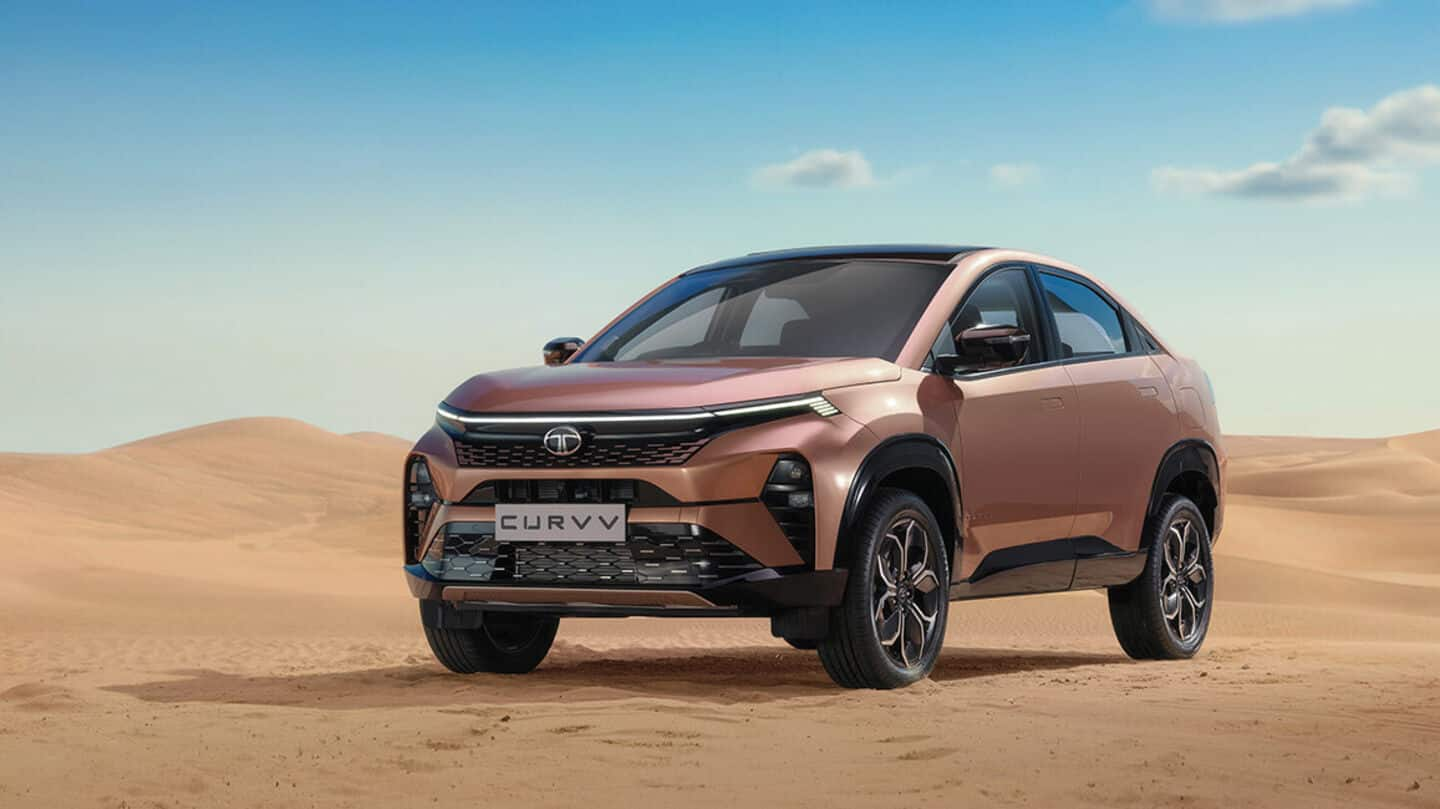
Tata Motors to launch 30 new passenger vehicles by 2030
What's the story
Tata Motors has announced an aggressive strategy to fill critical product gaps in its portfolio. The company plans to invest ₹33,000-35,000 crore over the next five years. The investment will be focused on the ₹10-20 lakh price band and premium SUV segment. As part of this plan, Tata Motors shall launch 30 new passenger vehicle models, including seven all-new nameplates.
Market ambition
Aim to achieve 18-20% market share by FY30
The ambitious plan is part of Tata Motors's strategy to regain lost sales momentum and achieve an 18-20% market share by FY30. The company intends to expand its footprint in under-served segments such as urban compact EVs, lifestyle SUVs, midsize family cars, and premium electric SUVs. Along with this expansion, Tata Motors will also refresh its core ICE portfolio.
Strategic shift
Tata's new layered, multi-product strategy
Tata Motors is shifting from volume-driven models like Nexon and Punch to a more layered, multi-product strategy. This new approach will target specific use cases as well as customer profiles. The company's upcoming models include the facelifted Punch (October 2025), next-generation Nexon (H2 2026), new Harrier and Safari (2027), two compact EVs internally dubbed 'Kuno' and 'Terra,' and finally a sub-4m lifestyle SUV called 'Scarlet.'
Expansion plans
Number of nameplates to be increased from 8 to 15
Tata Motors is also planning to expand the number of nameplates from eight to 15. This will include the Sierra, two Avinya cars, two new ICE products, and two new EVs. The company also plans 23 refreshes and facelifts as part of its product expansion strategy. The ₹10-20 lakh range will be a key battleground for Tata Motors as it looks to strengthen its presence in this segment against competitors like Hyundai, Mahindra, and Toyota.
EV focus
Tata Motors targets 50% market share in EVs
Tata Motors is also focusing on its EV strategy, with a target of holding 50% share in the market. The company is adopting a three-pronged approach for this. There will be entry-level EVs under ₹12 lakh with about 200km range, mid-segment EVs between ₹12-20 lakh with around 300-350km range, and premium EVs above ₹20 lakh capable of over 400km on a single charge. Each segment will have two differentiated products.